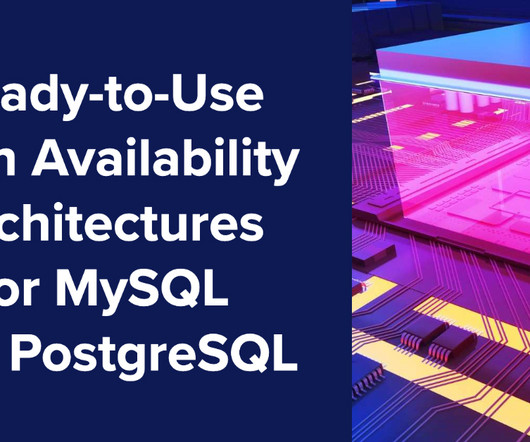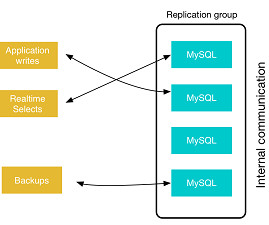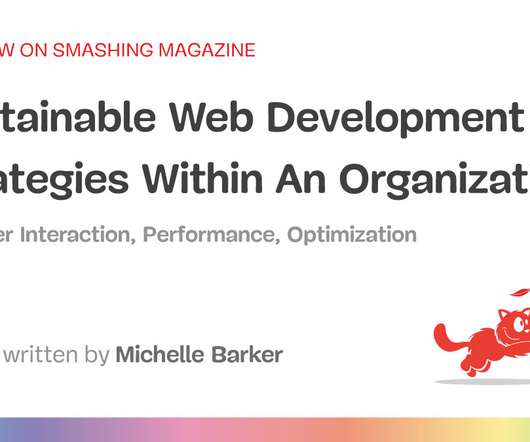What is cloud migration?
Dynatrace
SEPTEMBER 30, 2021
It requires purchasing, powering, and configuring physical hardware, training and retaining the staff capable of servicing and securing the machines, operating a data center, and so on. They need enough hardware to serve their anticipated volume and keep things running smoothly without buying too much or too little. Reduced cost.


































Let's personalize your content